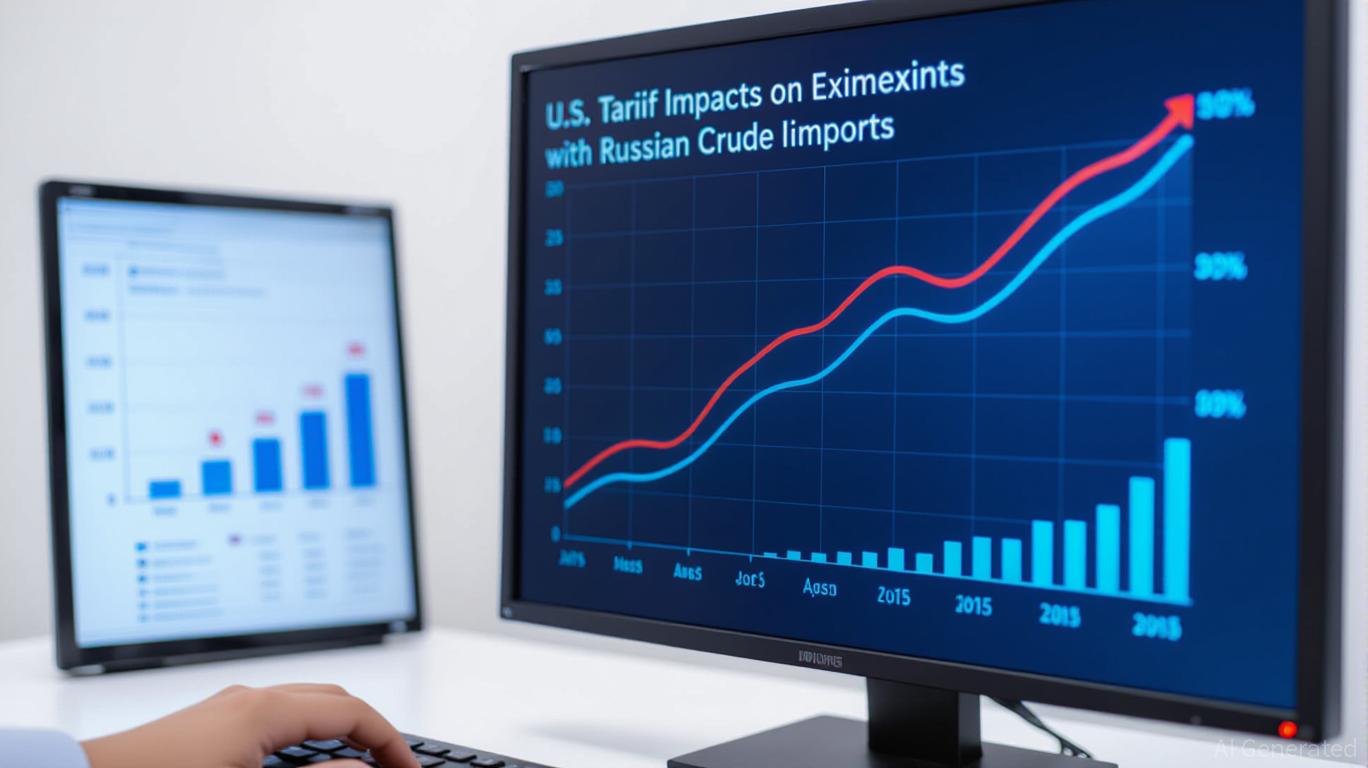The India-Russia relationship has evolved into a critical axis of global geopolitics, particularly as U.S. trade pressures intensify. For investors, this dynamic partnership offers both risks and opportunities across energy, defense, and emerging markets. Understanding the interplay of strategic autonomy, economic pragmatism, and geopolitical balancing acts is essential for capitalizing on this shifting landscape.
Energy: A Dual-Edged Sword
India’s procurement of Russian oil has become a cornerstone of its energy strategy, with Russian crude accounting for 36% of its imports by 2025. This has allowed Indian refiners to exploit price differentials, exporting refined products to the U.S. and EU while insulating domestic energy costs. However, U.S. threats of tariffs—linked to India’s Russian oil imports—pose a significant risk. The Indian government has countered by emphasizing its right to energy sovereignty, but investors must weigh the potential volatility in trade relations against the long-term stability of India’s energy supply chain.
For example, companies like Indian Oil Corporation (IOC) and Reliance Industries have benefited from discounted Russian crude. Yet, U.S. tariffs could disrupt this model. Investors should monitor India’s ability to diversify its export markets and hedge against tariff risks through local currency trade mechanisms (e.g., rupee-ruble settlements).
Defense: A Resilient Partnership
India’s defense sector remains deeply intertwined with Russia, with Moscow supplying 60% of India’s military hardware. Joint ventures like the production of AK-230 rifles and the Voronezh radar system underscore this collaboration. The 2018 S-400 missile deal, despite U.S. sanctions, highlights India’s prioritization of strategic needs over political pressures.
While U.S. sanctions and the Countering America’s Adversaries Through Sanctions Act (CAATSA) create friction, India’s reliance on Russian platforms (e.g., SU-30 MKI jets, Kilo-class submarines) ensures continuity. Investors in defense contractors like Bharat Dynamics Limited or Rostec (Russia) should assess how geopolitical tensions might drive demand for alternative suppliers or accelerate indigenous production efforts in India.
Emerging Markets: Multipolarity and Financial Innovation
India’s strategic autonomy is reinforced by its participation in BRICS and its balancing act between the Quad and Russian ties. The shift toward local currency trade (rupee-ruble) and alternative payment systems reduces exposure to Western financial sanctions. This trend aligns with broader multipolar economic shifts, offering opportunities in emerging market equities and infrastructure.
Investors should consider ETFs or regional indices that capture this multipolar transition. For instance, the Nifty 50 (India) and MOEX Russia Index reflect divergent but complementary trajectories. However, risks such as U.S. dollar volatility and regulatory fragmentation in BRICS nations require careful hedging.
Geopolitical Risks and Strategic Hedging
India’s refusal to condemn Russia’s actions in Ukraine has drawn U.S. ire, yet it underscores New Delhi’s commitment to non-alignment. This stance is critical for India’s strategic interests, particularly its border security concerns with China. Russia’s role as a counterbalance to China ensures that India-Russia ties remain resilient, even as Sino-Russian relations deepen.
Investors must also consider the indirect risks of U.S. pressure on India’s trade with other partners. For example, U.S. tariffs on Indian goods could spill over into sectors like textiles and IT services, which are less directly tied to Russia but still part of India’s global trade network.
Investment Advice: Balancing ExposureEnergy Sector: Prioritize Indian refiners with diversified export markets and strong liquidity to weather tariff shocks. Consider long-term contracts with Russian suppliers to lock in pricing advantages. Defense Sector: Invest in Indian defense manufacturers with joint ventures in Russia, as well as Russian firms with stable Indian contracts. Diversify into U.S.-friendly defense tech to mitigate CAATSA risks. Emerging Markets: Allocate to BRICS-focused ETFs and regional indices that benefit from multipolar trade networks. Hedge against currency risks using rupee-ruble swaps or dollar-denominated bonds.

Conclusion
India-Russia ties exemplify the complexities of 21st-century geopolitics, where economic pragmatism and strategic autonomy collide with U.S. hegemony. For investors, the key lies in identifying sectors where these dynamics create asymmetric opportunities—such as energy arbitrage, defense resilience, and multipolar financial innovation—while hedging against the inevitable frictions. As global power shifts, those who navigate this landscape with nuance will find themselves well-positioned for the new era.
